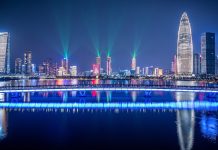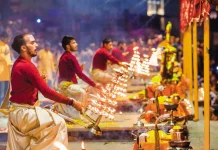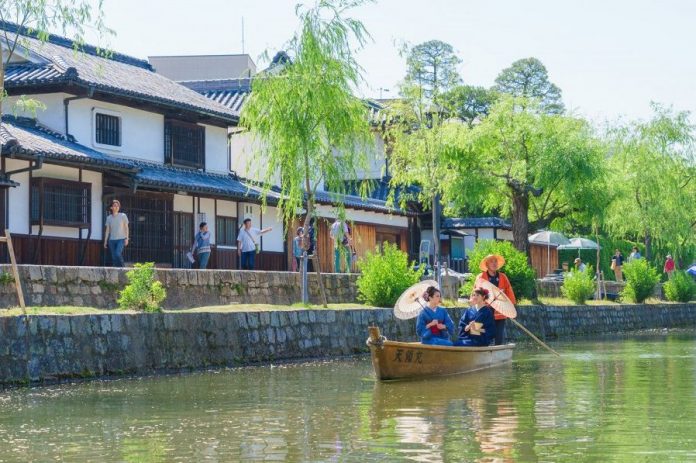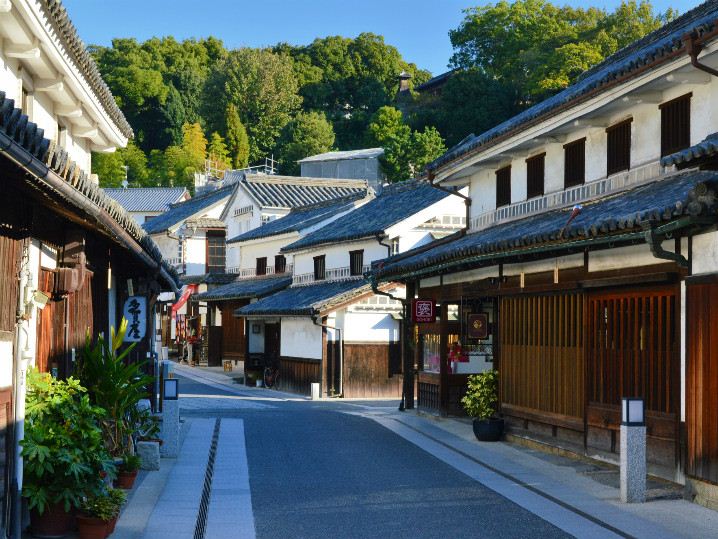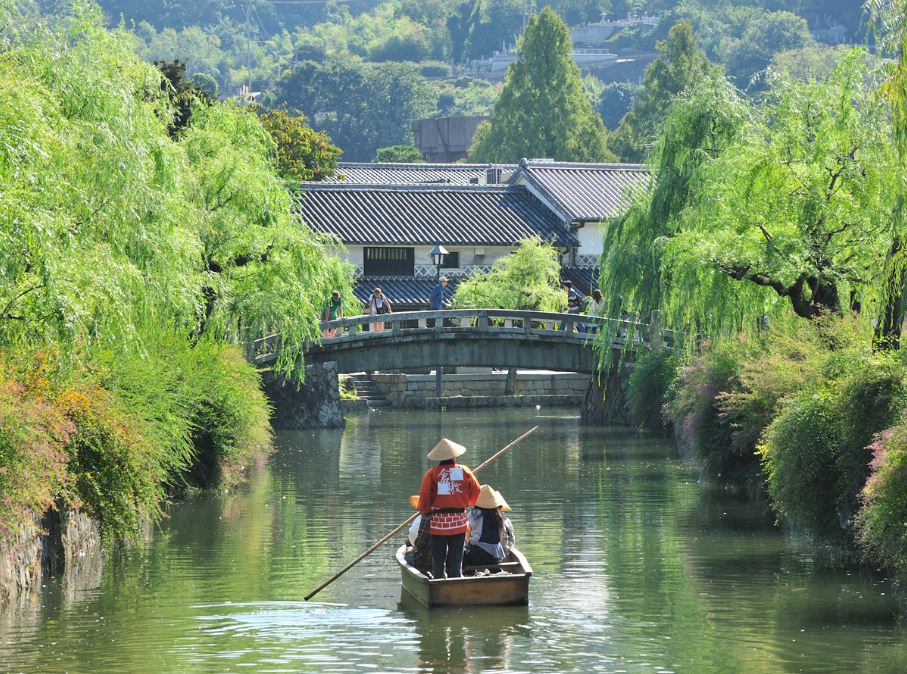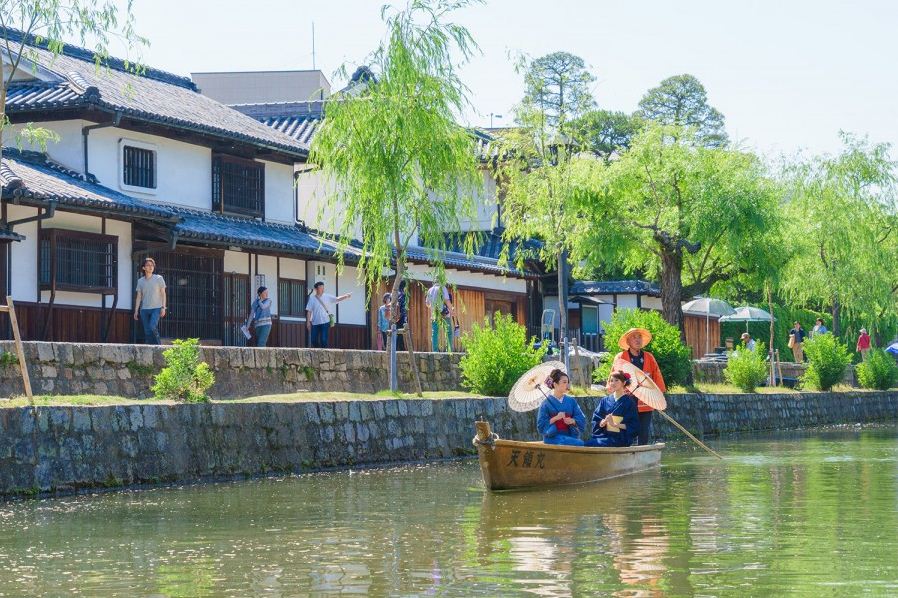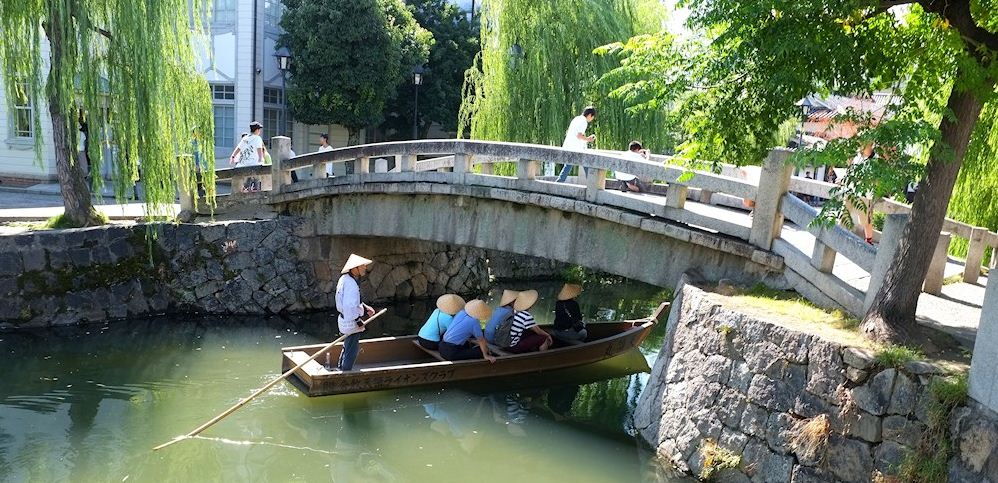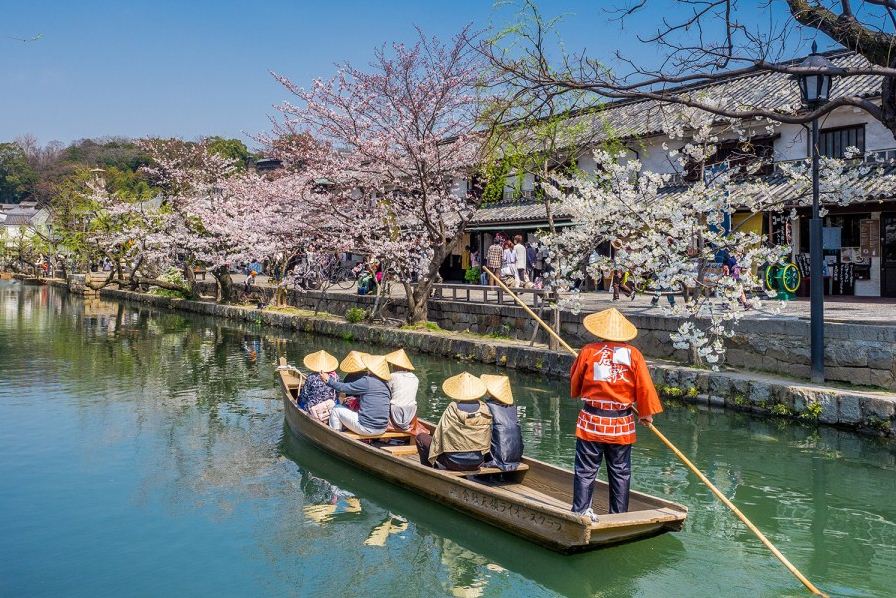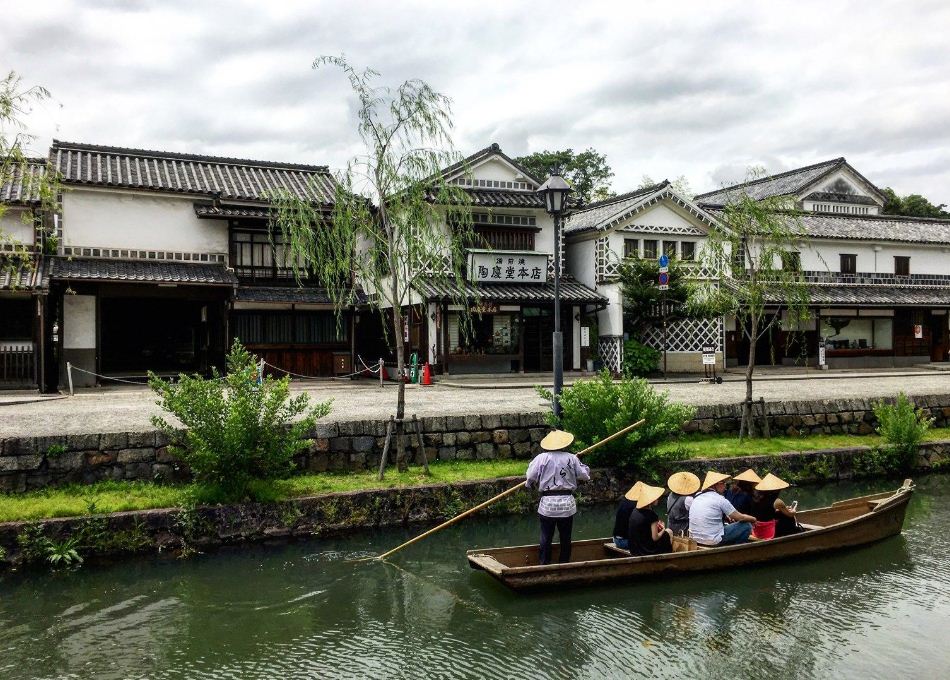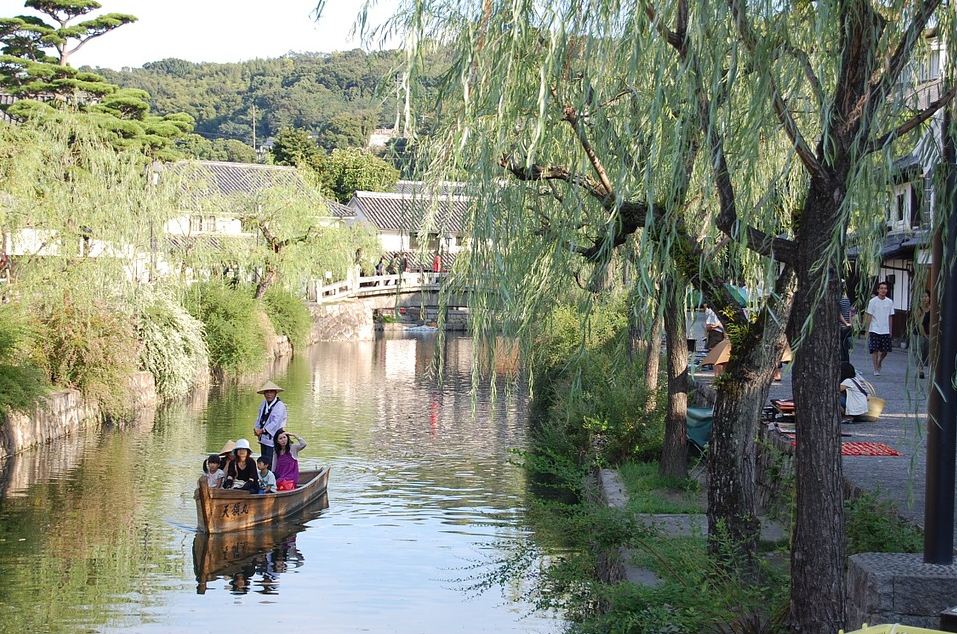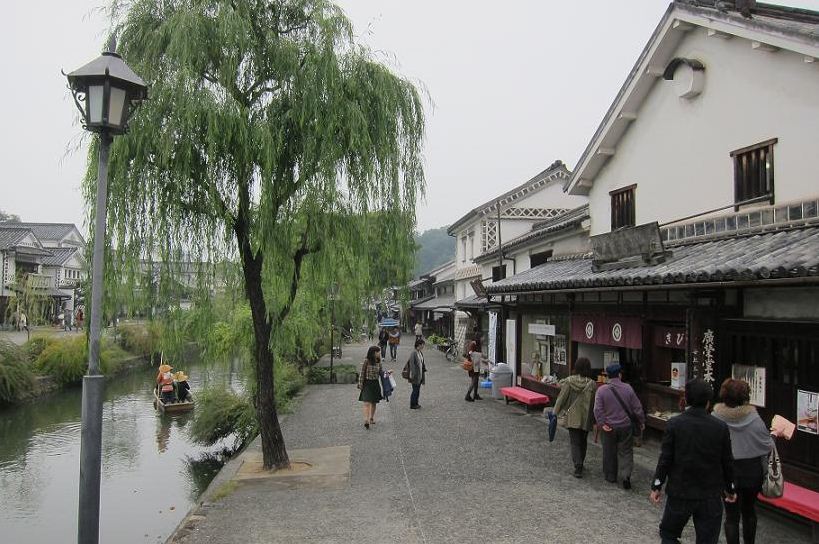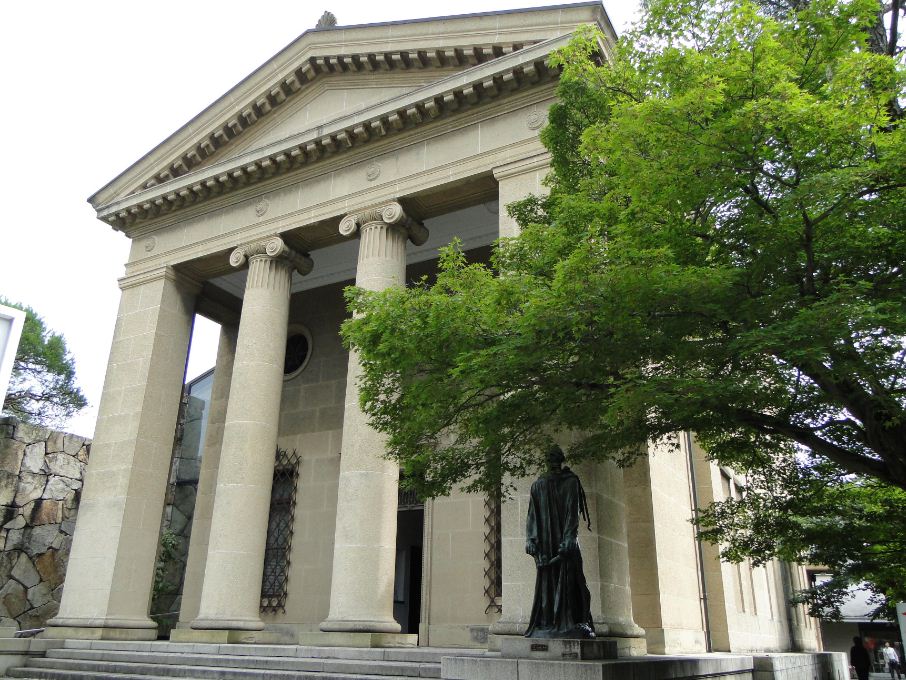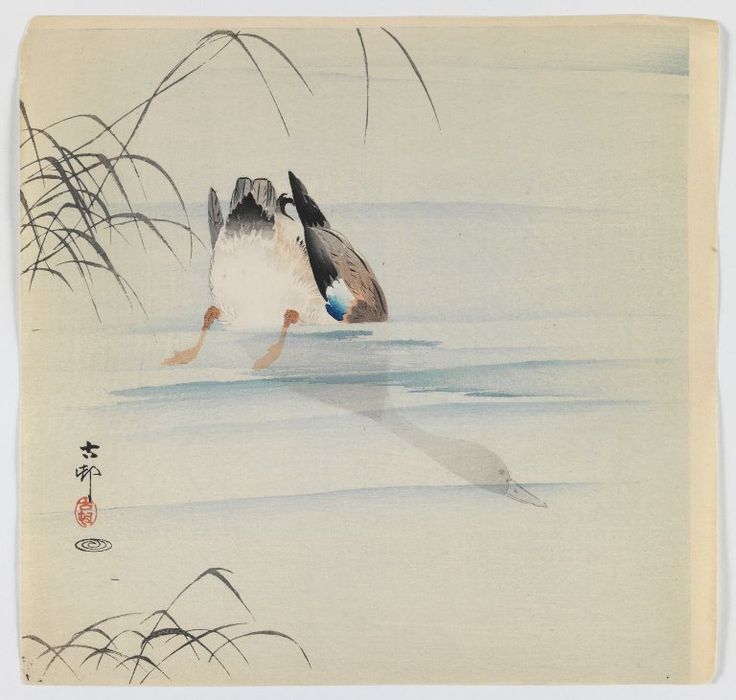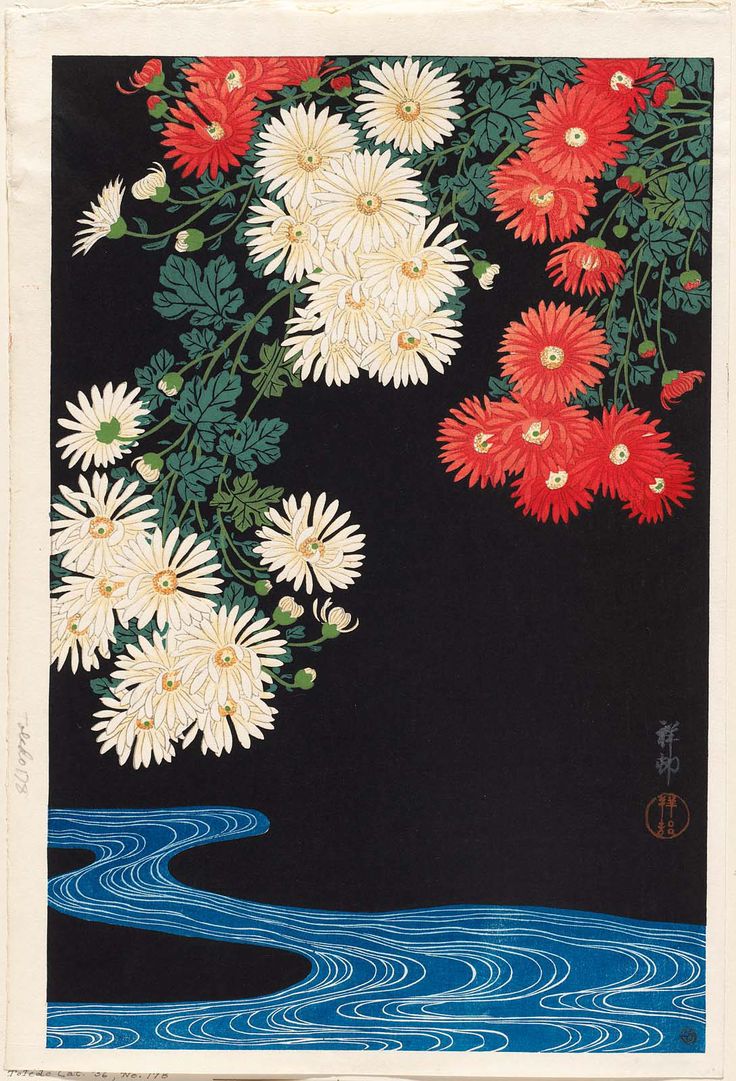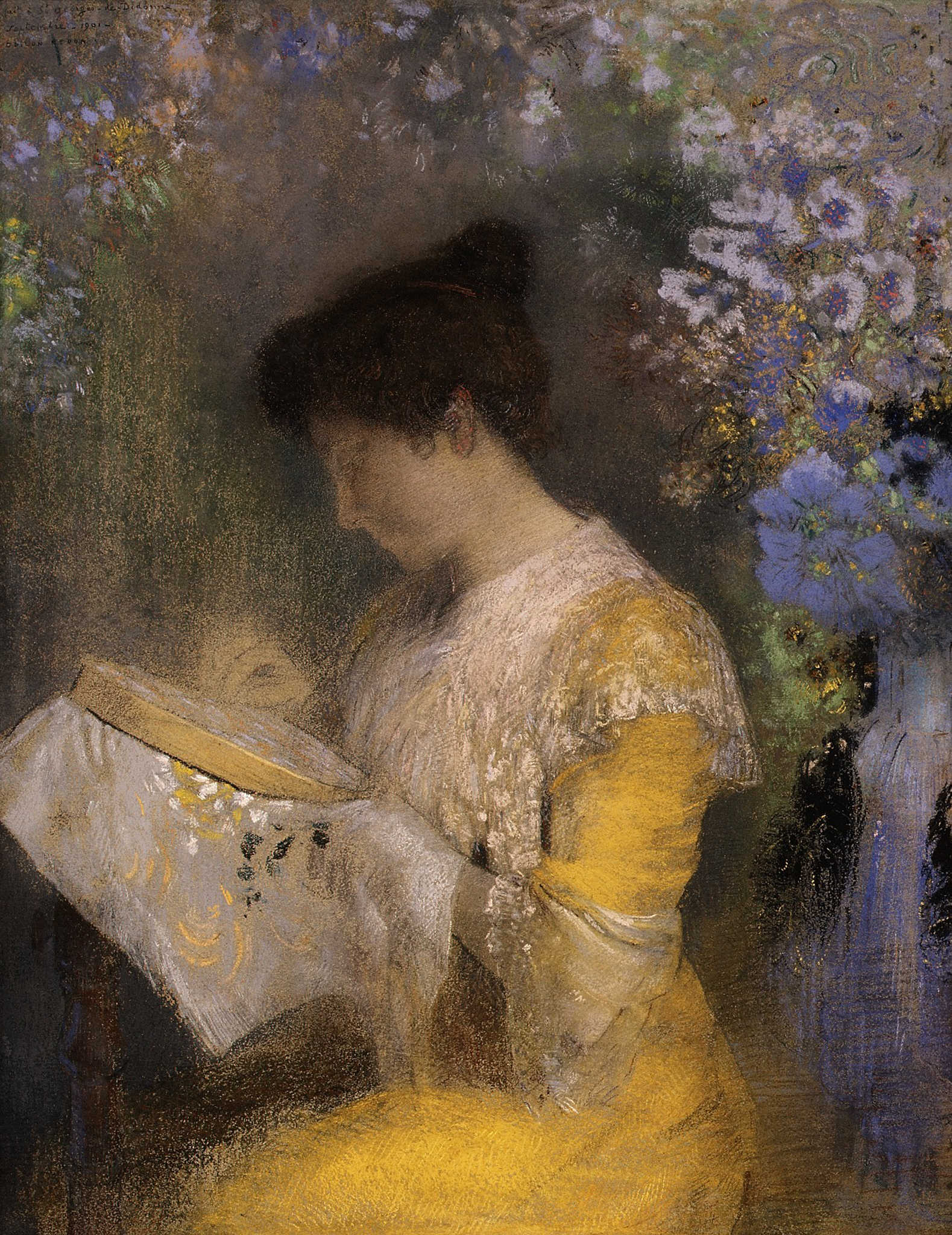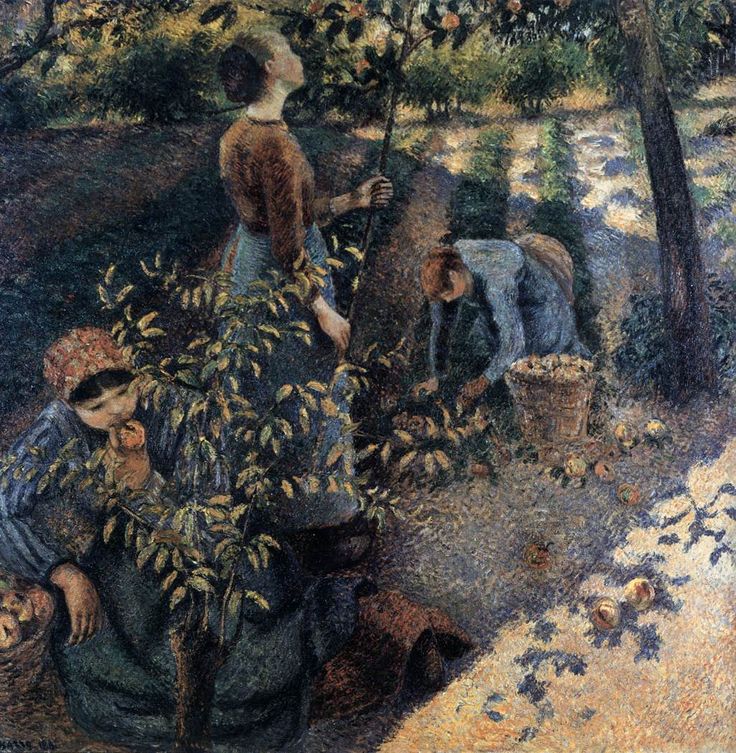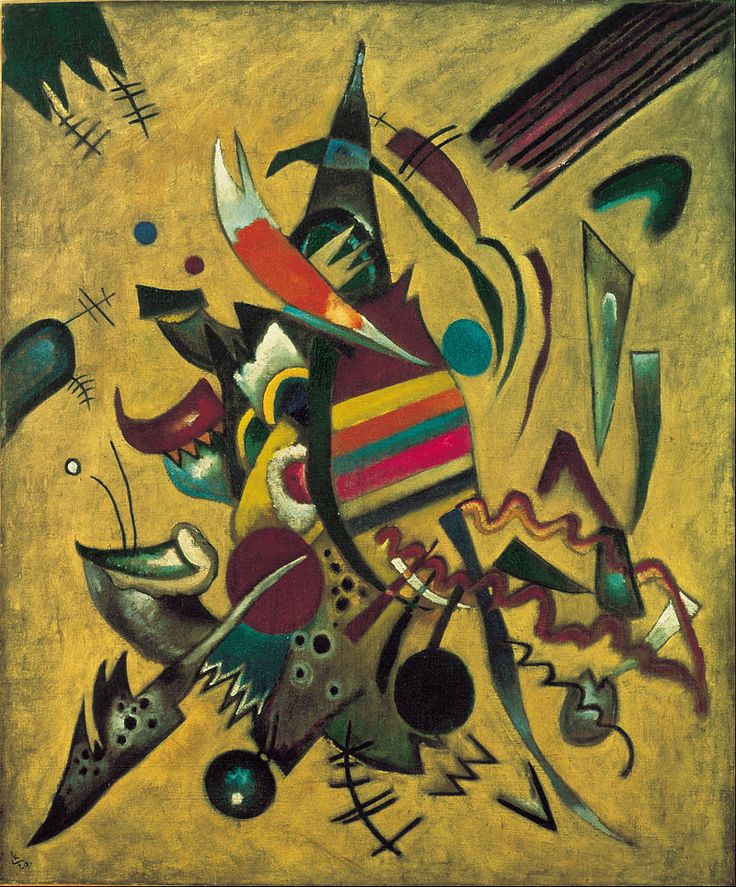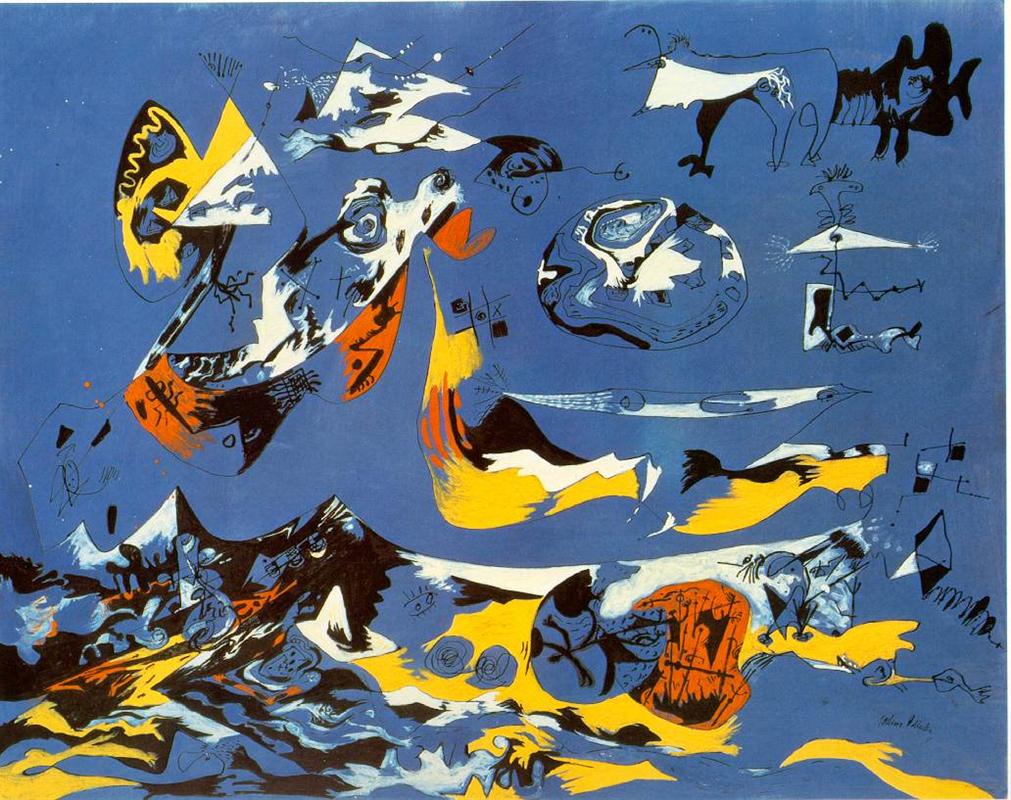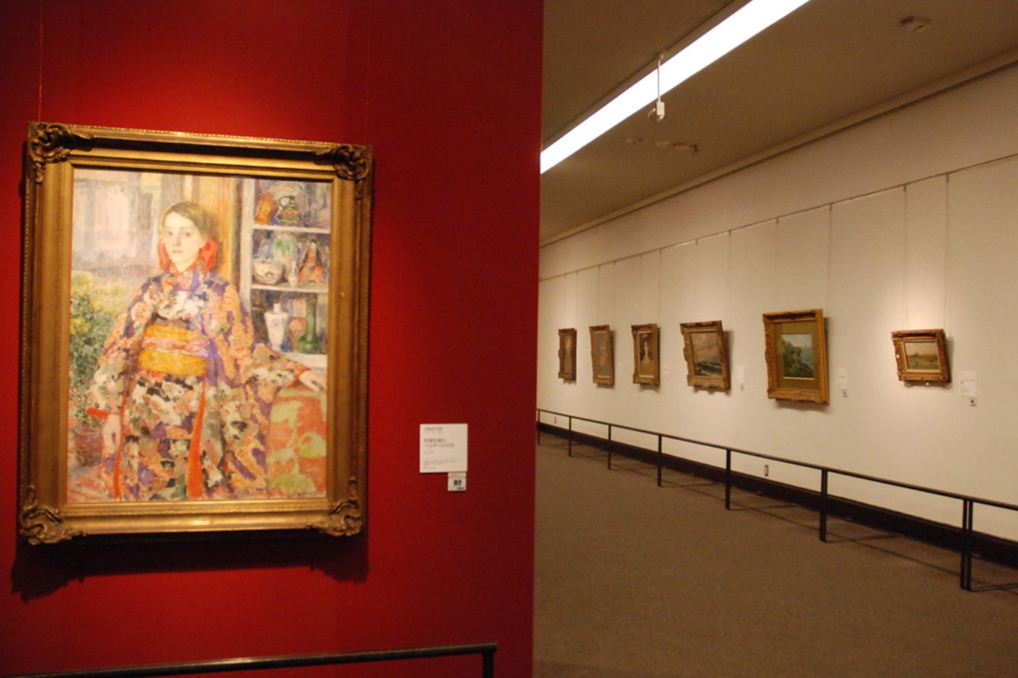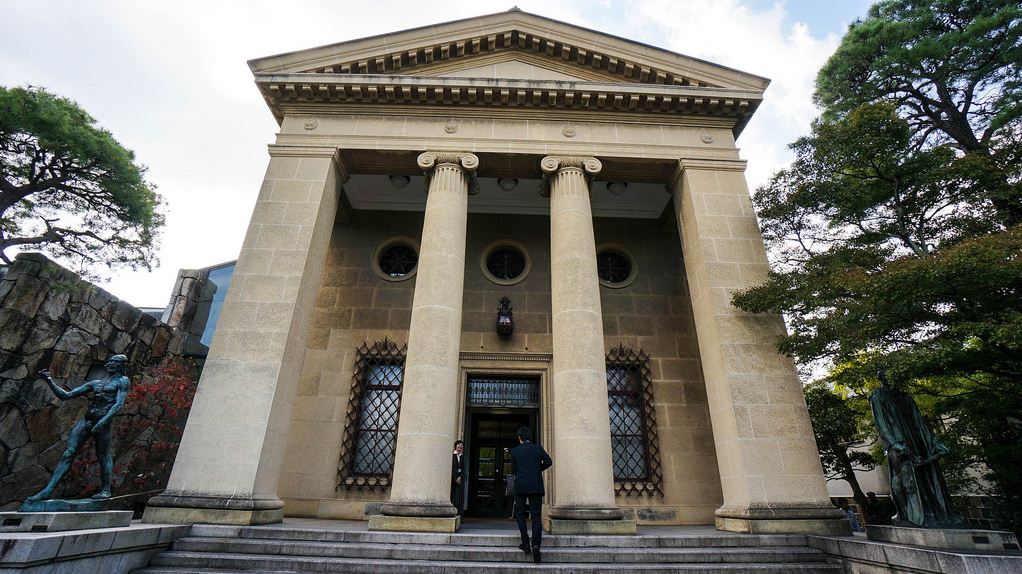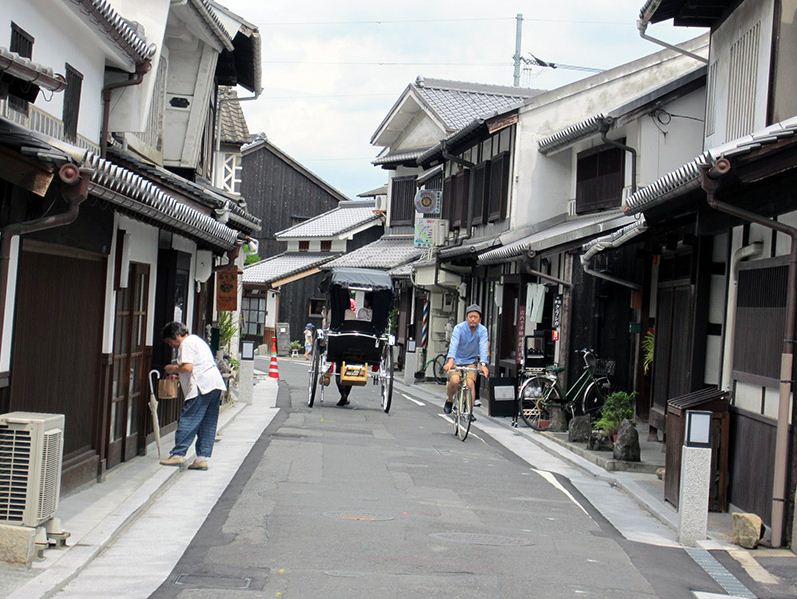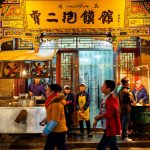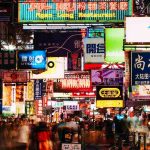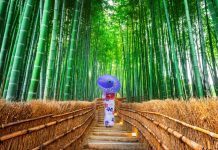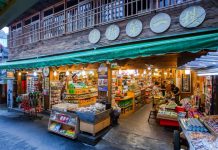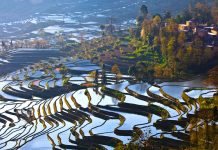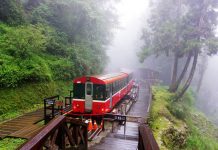Kurashiki is an ancient town of Japan, where it preserves a lot of historical value and is an attractive place for domestic and foreign tourists to visit and experience. The town is one of the touristic highlights of Okayama prefecture, thanks to the compact, well-preserved, Edo era merchants’ quarter called Bikan-chiku (the Bikan district) – bikan literally meaning “beautiful views” in Japanese.
- Tokyo itinerary 3 days — How to spend 3 days in Tokyo & what to do in Tokyo in 3 days?
- Tokyo travel blog — The fullest Tokyo travel guide for first time visiting Tokyo
- Must buy in Japan — Top 23+ cheap things, famous souvenirs, cool gifts & best things to buy in Japan
- What I should do in Kyoto? — Top 9 cool & fun things to do in Kyoto, Japan
- Kyoto festival — Top 10 best events & most famous festivals in Kyoto you must see

The town is the second largest city in Okayama prefecture. Kurashiki’s eastern section is a huge agglomeration of heavy industry built on landfill in the Seto Inland Sea, while the Bikan area, with its quiet, willow-lined canal, is a pleasant reminder of how things used to be.

The town had the most important rice stock in the Edo period. This area was once a very prosperous development place, a commodity stockpile of organs under the Shogunate of the Edo dynasty.
The traders often use the Kurashiki river at here to transport rice, cotton and household goods to Okayama.
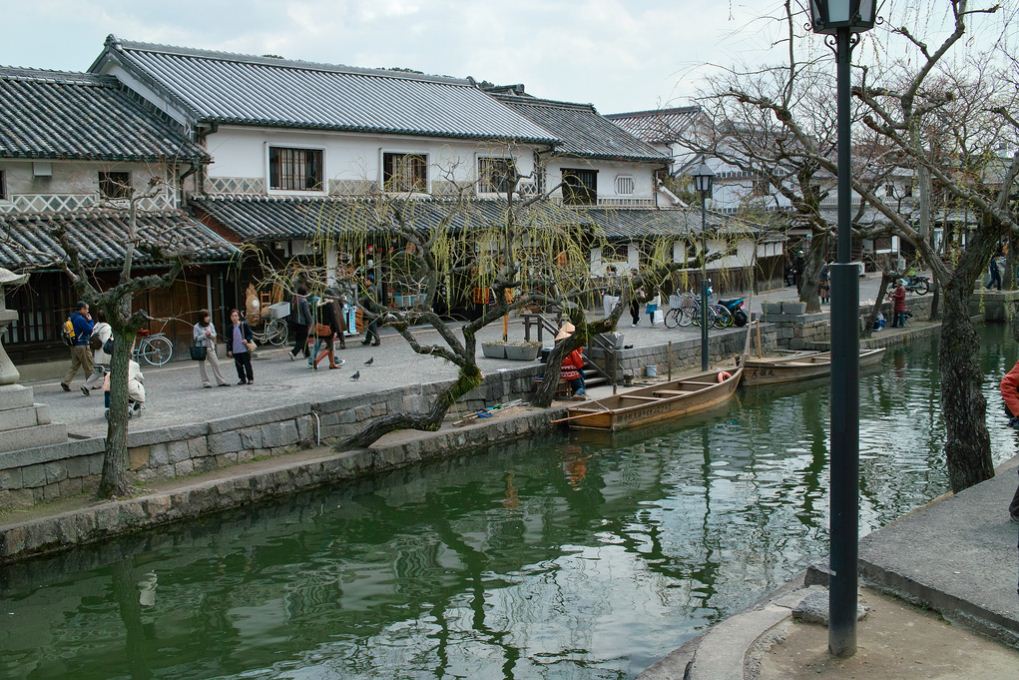
At that time, when used as the warehouses, the houses were built with black tiled roofs, white walls. Today, Kurashiki still retains the extremely perfect architectural style of the Edo period.

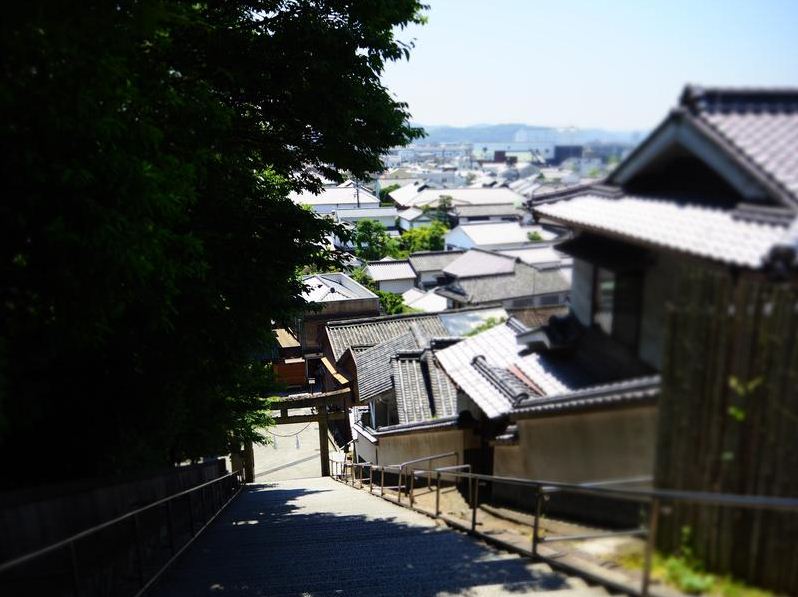
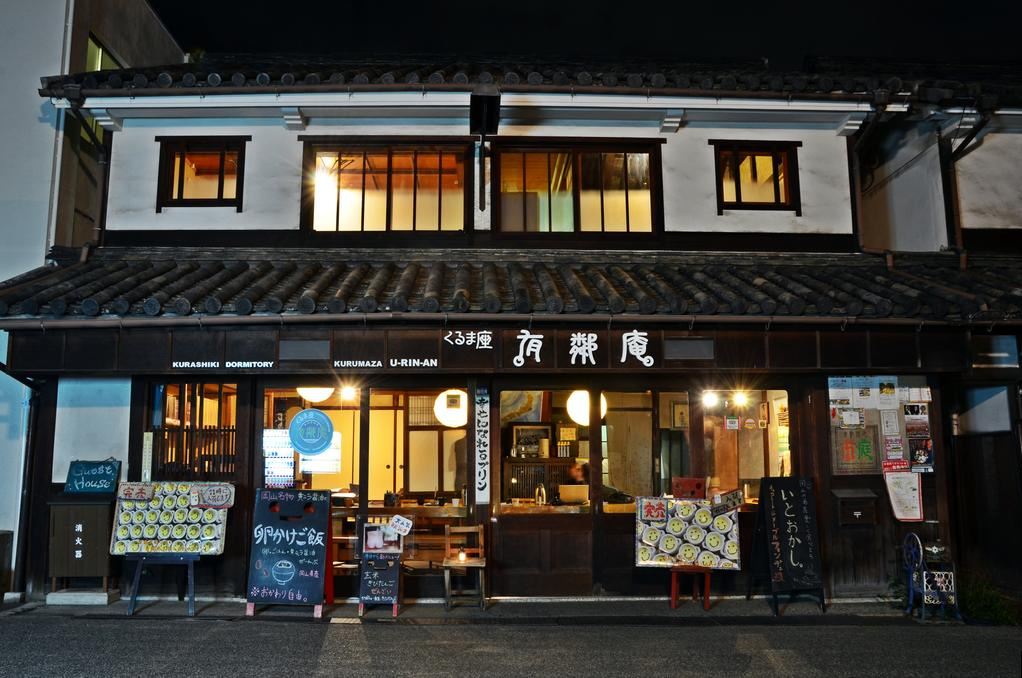
The most beautiful place at here is the Kurashiki river, with its two banks are two rows willow, reflex on the river, the old houses, and the small bridges that make visitors feeling nostalgic of the old times.
You can walk on the road, also can take a small boat to sailing along the river to enjoy the view. Along the banks of the Kurashiki river, there are many ferrymen will take you along the river to enjoy the beautiful scenery.
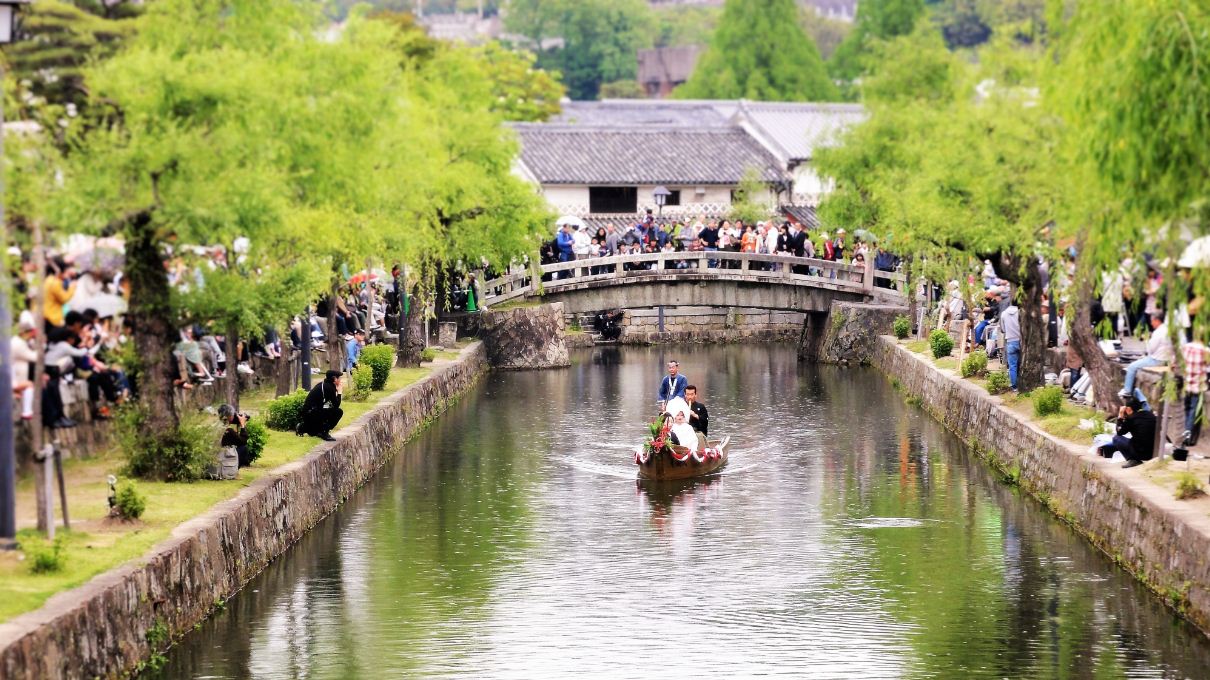
All the streets of this old town are full of interesting and attractive things. There are a lot of pottery stores, the un-glazed ceramics were exhibited bring a very rustic feeling. There are wine shops, snack shops, Japanese-style souvenir shops, and clothing stores, cloths, handkerchiefs, etc. You can go out for walking and shopping on these streets.

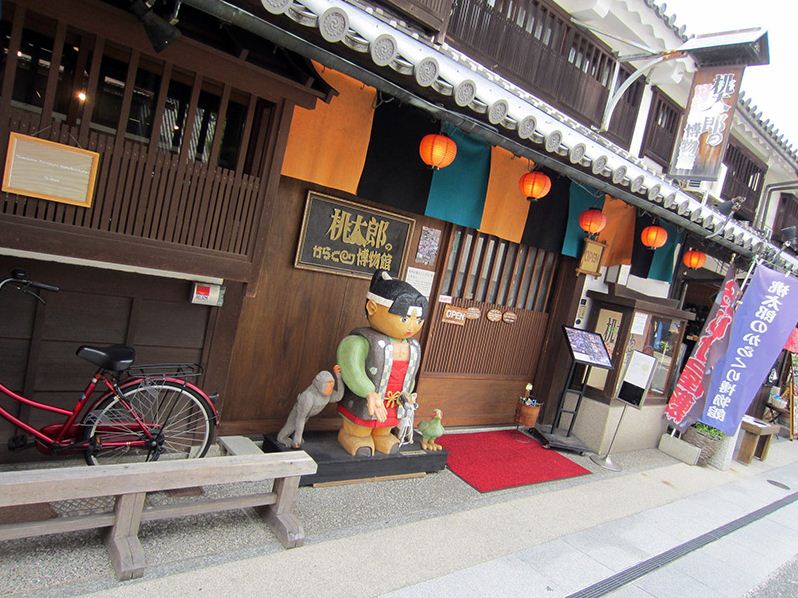
In addition to the Oriental-style architecture, Kurashiki also has a private museum “Ohara Museum of Art”. The Ohara Museum of Art in the town is the oldest museum of western art in Japan and opened in 1930. The museum was built to display the collection of Ohara Magosaburo (a businessman of Kurashiki), including Fine art works of early Japan and Western art with over 3,000 works by celebrities such as Monet, Miller, Gauguin, Lwo and so on.
The private museum was the work of local textile entrepreneur Ohara Magosaburo (1880-1943) to commemorate his friend, painter Kojima Torajiro (1881-1929), who had died the previous year. Ohara had sponsored Kojima on art buying trips to Europe and it is the paintings Kojima purchased for Ohara that form the core of the collection.
The museum originally exhibited mainly French painting and sculpture from the 19th and early 20th century but has expanded to include Dutch and Flemish painting of the 17th century and art from the Italian Renaissance. The work of famous artists of the 20th century is now also present in the superb collection along with art from the Mingei Movement (Japanese Folk Art Movement), Islamic art, ancient oriental art, classical art from Greece and Rome, oriental tiles and Chinese paintings.
The museum has a shop and presents annual art lectures in summer, as well as Gallery Concerts with world-class musicians taking part.
Ohara Museum of Art
- Address: 1-1-15 Chuo, Kurashiki 710-8575, Okayama Prefecture
- Telephone: +81 86-422-0005
- Website: http://www.ohara.or.jp/en/
- Opening hours: 9 a.m. to 5 p.m. (entry until 4:30 p.m.). Closed: Mondays (unless Monday is a national holiday), December 28 to 31
- Entrance fee: General: 1300 Yen (includes entrance to the Kojima Museum) / Student College: 800Yen / Student High School /Jr. High School/Elementary School: 500 Yen
- English: Good (English audio guide available free of charge)
- How to get there: The main buildings of the Ohara Museum are located at the northern end of Kurashiki’s historic canal area. The Kojima Museum is located about 200 meters away from the other buildings, just across the canal within Ivy Square.
Let’s come to Kurashiki and enjoy the peaceful life at here …
Further information
Visitor information
There’s a tourist information office outside the south (main) exit of Kurashiki Station (tel. 086/424-1220), on the second floor of the Terminal Hotel to the right, open daily 9am to 7pm. Another information office, called the Kurashiki-Kan (tel. 086/422-0542), is right on the canal in the historic district and has a rest area with tables and vending machines; open daily 9am to 6pm (to 5:15pm in winter), it was built in 1916 and is ironically the only Western-looking wooden building in the area. Both offices distribute maps and brochures, including the useful “Walking Map of Kurashiki.” More information online is at www.city.kurashiki.okayama.jp/kankou.
How to get to Kurashiki
By train: It is generally easiest to access Kurashiki by train from Okayama. Okayama Station and Kurashiki Station are connected by frequently departing local and rapid trains along the JR Sanyo Line. The one way trip takes around 15 minutes, costs 320 yen and is fully covered by the Japan Rail Pass and the JR Kansai Wide Pass.
By bus: The same buses that depart from Tokyo’s Shinjuku station for Okayama continue onward to Kurashiki, arriving in Kurashiki about 40 minutes after their Okayama stop and costing ¥10,000 one-way.
See more Japan travel guide at here.

